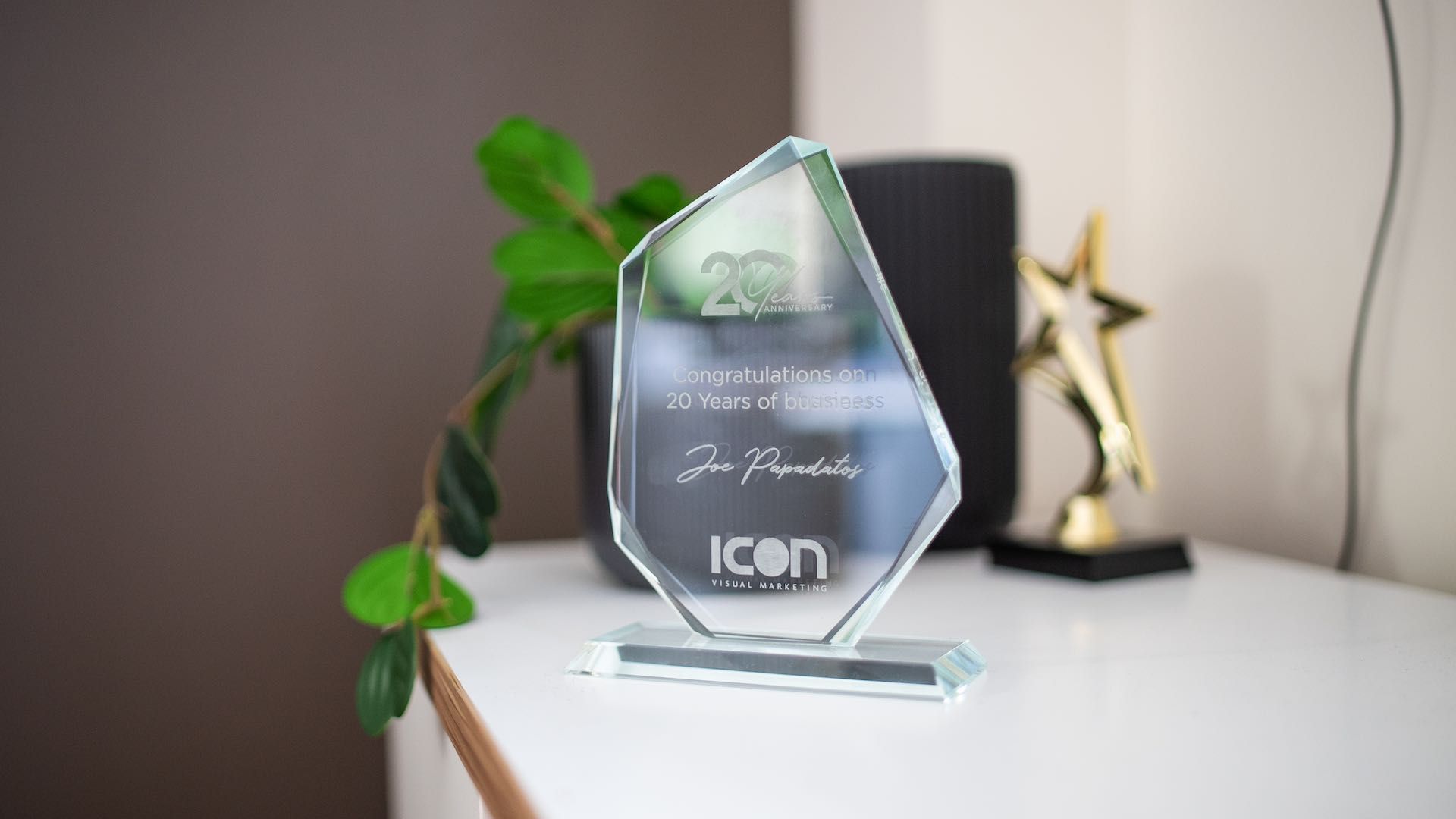Why is font choice important for every business?
Michael Jackson
Fonts are a key part of graphic design but are often the forgotten relative of the more showy elements like colour and shape. In truth, a font does everything from representing a brand to increasing a brand’s legibility.
Unconsciously, the choice of font can tell us so much about a business. In website design, font choice has a huge impact on how readers perceive your brand right from their very first visit to your website. It can affect user experience, interests, navigation speed, and many other aspects.
Just like the emotional reactions we have to colour in business design, fonts also have a psychological impact on people. So, when using fonts for your business, you need to choose a font with the right “personality” to match your brand. Or you need to hire a professional graphic design agency that has the skills to choose the right font to reflect your business in all its representations.
"Fonts can be very evocative, and elicit a wide range of responses from the people viewing them. The emotion generated from font choice is directly tied into the shape of the letters and our psychological response to those shapes."
Fonts are originally shaped by hand
Although the representation of fonts is typically through electronic or digital mediums, each font was actually originally shaped by hand, either using pen and paper or within a design program, giving the font a real human element.
When the right font is used, it is seamless and almost unnoticed, but get it wrong and it stands out and is jarring. Choosing a font that is counter to what your brand represents will create a confusing experience for your customers. The choice of font can literally make or break a piece of design work, reflecting its own personality onto the page. It should deliver the right emotions to the reader and set the tone that will bring the words to life, while reflecting the industry it is intended for.
Instead of an image, we use a font as the visual interpretation of the words on the page, and this enables them to be read with the feelings that the graphic designer intended.
Consistencyis the key
It is also important to be consistent with font usage. Once you have chosen a font or font family to represent your business, it should be used for all written material, including documents, presentations, signage, websites, packaging, corporate stationery, advertising, video graphics, and more.
There are literally thousands of fonts to choose from today, but some organisations go to the extent of spending thousands of dollars on creating a bespoke font, unique to them, in order to stand out from the crowd. This is usually only done by very large organisations, because to do it right, the cost can be prohibitive.
Fonts can be very subjective, and everyone has their specific preferences, just like they do with colour. But there are some basic rules that apply. The key thing to consider when choosing a font is whether or not it has the right tone of voice for where it is being used. Part of any design strategy should be choosing a font that creates a good user experience for your customers and underscores the feeling and purpose of your business.
Know your font families
There are four major categories of fonts:
1. Serif eg. Times New Roman
Letters that have short lines coming off the edges.
- Considered formal and traditional and are well suited for print design.
- Great for premium brands, as they convey elegance, prestige, heritage, and authority.
- Give a visual anchor to characters, contributing to their solid and traditional feel.
- Improve readability of lengthier amounts of text, delivering a professional and trustworthy impression.
2. Sans-serif eg. Helvetica
These letters are created without serifs.
- Viewed as casual and playful.
- Work well in digital designs.
- Sans-serif fonts make for a clean, intuitive reading experience, particularly in digital form.
- Evoke an informality that works well for blogs, personal websites, and casual business cultures.
"Fonts should be chosen with care and used very consistently by businesses to reflect the ‘personality’ of the organisation. The psychological impact of using the right font should not be underestimated."
3. Handwritten
E.g. brush script
- Anything that mimics handwriting is considered a handwritten font.
- Cursive fonts, for example, are often used in formal invitations.
- Great when you’re seeking out a personal connection with your audience, as it graces a brand with an intimacy not found in more traditional fonts.
4. Decorative
E.g. bespoke fonts developed for logos but used beyond the logo
- These are informal fonts that are entirely original.
- Interpreted as quirky, creative and fun.
- Highly stylised, usually custom creations.
- Evocative and unique, with extra flair.
The Icon difference
Icon Visual Marketing has been a Google Accredited Partner since the 2011. Our digital team are highly qualified and certified across all Google Partner AdWord Platforms. Contact us now if you think your Google spend isn't working as well as it used to... because odds are, it isn't.
KEEP IN TOUCH


Ready to talk?
Let's start that project! We’d love to hear from you. Simply send us a message via the request form and we’ll get back to you as soon as we can.
Contact Us - Footer
We will get back to you as soon as possible.
Please try again later.













